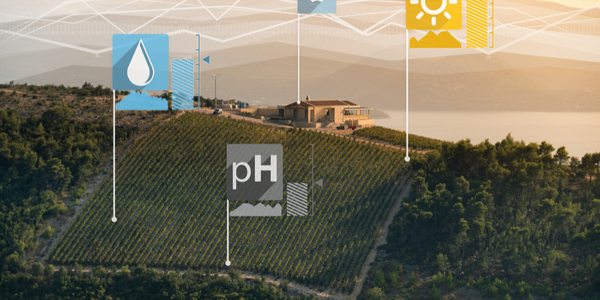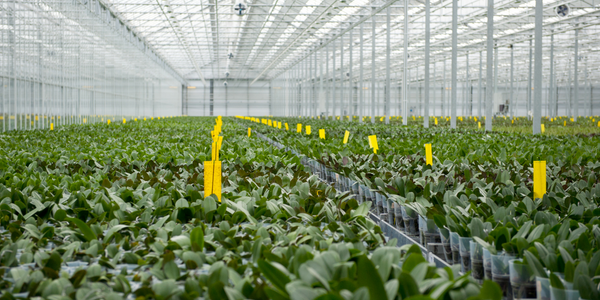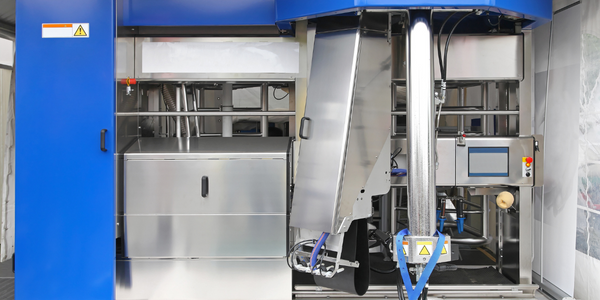Customer Company Size
SME
Region
- America
Country
- United States
Product
- Acumatica Distribution Edition
- Advanced Financial Management
- Order Management
- Inventory Control
Tech Stack
- Acumatica Cloud ERP
- Sage MAS500
- Oracle NetSuite
Implementation Scale
- Enterprise-wide Deployment
Impact Metrics
- Productivity Improvements
- Cost Savings
- Customer Satisfaction
Technology Category
- Platform as a Service (PaaS) - Application Development Platforms
- Platform as a Service (PaaS) - Data Management Platforms
Applicable Industries
- Retail
- Agriculture
Applicable Functions
- Sales & Marketing
- Warehouse & Inventory Management
Use Cases
- Inventory Management
- Supply Chain Visibility
Services
- System Integration
- Software Design & Engineering Services
About The Customer
Premier 1 Supplies is a retail and e-commerce company that provides electric fencing and electric netting, sheep and goat supplies, clippers and shearers, ear tags, poultry products, and expert advice to livestock farmers throughout the United States. The company was founded in 1977 by Stan Potratz, who returned to Iowa and the family farm after working in the UK as a farm manager for 10 years. The company began by importing the equipment needed for the family farm’s operations. By 2008, Premier 1 had grown to several thousand items, requiring a more robust system for the family business operations. The company implemented Sage MAS500 and an add-on called Direct500, which provided some basic e-commerce functionality. However, the transition to this software was painful and still fresh in employees’ minds even 10 years later.
The Challenge
Premier 1 Supplies, a retail and e-commerce company specializing in agricultural and farming supplies, was using an aging Sage MAS500 system for its operations. However, when credit card companies notified the company that it had to upgrade its payment software to remain compliant, CEO Ben Rothe began looking for a new B2C ERP system. The company's software was so old that no one knew how to upgrade it, and the cost of keeping Sage alive was estimated to be almost like starting over. Rothe wanted a modern, easy-to-upgrade solution from a provider poised for growth. He researched cloud-based SaaS software firms and considered a custom-made solution. However, he found that many B2C solutions only offered pieces of what Premier 1 needed.
The Solution
Unable to find a B2C software with every function Premier 1 needed, Rothe implemented Acumatica’s B2B system. This system offers an open platform that allows him to easily extract data, streamline workflows, and connect to outside applications and the company website. The company worked with Crestwood Associates, a past winner of Acumatica’s Cloud Adoption Partner of the Year, on the implementation. The rollout went very well, and the company didn't miss a beat. They were able to process just as many orders as before, and the transition was a big success. Acumatica provided Premier 1 with data-based insights not available with the legacy ERP, dramatically improving operations. The company can now execute sophisticated marketing efforts that were only a dream before.
Operational Impact
Quantitative Benefit

Case Study missing?
Start adding your own!
Register with your work email and create a new case study profile for your business.
Related Case Studies.

Case Study
Intelligent Farming with ThingWorx Analytics
Z Farms was facing three challenges: costly irrigation systems with water as a limited resource, narrow optimal ranges of soil moisture for growth with difficult maintenance and farm operators could not simply turn on irrigation systems like a faucet.

Case Study
Greenhouse Intelligent Monitoring and Control Solution
Farming Orchids is the most successful form of precision farming in Taiwan, and also the most exported flower. Orchids need a specific temperature and humidity conditions to grow and bloom, and its flowering time may not be in line with market demands, so the price collapses when there is overproduction. Therefore, some farmers began to import automated greenhouse control systems for breeding and forcing, which not only improves quality, but also effectively controls the production period and yield to ensure revenue. In 2012, an orchid farmer built a Forcing Greenhouse of about 200 pings (approximately 661 Square Meters) in Tainan, Taiwan. The system integrator adopted Advantech’s APAX-5000 series programmable automation controllers to build the control platform, coupled with Advantech WebAccess HMI/SCADA software, to achieve cloud monitoring. The staff of the orchid field can monitor important data anytime via smart phone, iPad, and other handheld devices, and control the growth and flowering conditions. System requirements: In the past, most environmental control systems of orchid greenhouses in Taiwan used PLCs (Programmable Logic Controller) with poorscalability and control, and could not be connected to the Internet formonitoring from the cloud. For advanced database analysis and networking capability, the PC platform must be adopted. Therefore, PAC Systems (Programmable Automation Controller) with both PLC programming capabilities andPC functions is a better choice.The environmental control of the Orchid greenhouse switches on and off devices like fan, shade net, cooling/heat pump, liquid flow control, water-cooling wall etc. It is controlled by a control panel of electric controllers, and is driven by a motor, to adjust the greenhouse temperature, humidity, and other environmental conditions to the set parameters.

Case Study
Improving Production Line Efficiency with Ethernet Micro RTU Controller
Moxa was asked to provide a connectivity solution for one of the world's leading cosmetics companies. This multinational corporation, with retail presence in 130 countries, 23 global braches, and over 66,000 employees, sought to improve the efficiency of their production process by migrating from manual monitoring to an automatic productivity monitoring system. The production line was being monitored by ABB Real-TPI, a factory information system that offers data collection and analysis to improve plant efficiency. Due to software limitations, the customer needed an OPC server and a corresponding I/O solution to collect data from additional sensor devices for the Real-TPI system. The goal is to enable the factory information system to more thoroughly collect data from every corner of the production line. This will improve its ability to measure Overall Equipment Effectiveness (OEE) and translate into increased production efficiencies. System Requirements • Instant status updates while still consuming minimal bandwidth to relieve strain on limited factory networks • Interoperable with ABB Real-TPI • Small form factor appropriate for deployment where space is scarce • Remote software management and configuration to simplify operations










